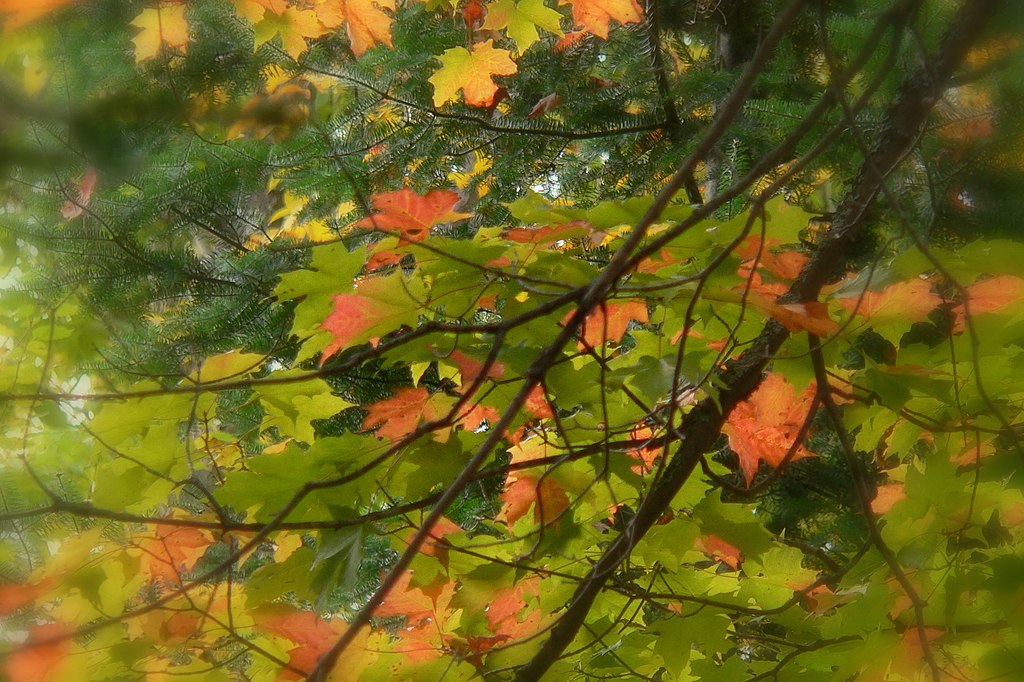Chilly autumn air signals the last opportunity to prepare your garden for winter. With some planning and proactive care, your vegetable gardens, grassy areas, and shrubs will be ready for the first warm days of spring.
In the garden, harvest all the remaining plants and remnants. Clean the soil of weeds and prune perennials to encourage fullness. Don’t trim more than one-third of the plant because it requires some top growth for healthy roots.
Some vegetables such as carrots, beets, and turnips benefit from overwintering in the ground until spring. They undergo a process that converts starches to sugar and the result is a sweeter, more flavourful tuber.
Fall is the best time to enrich your soil with compost and other fertilizers. These treatments require time to decompose into soil nutrients that plants can use. By fertilizing now, your soil will be fortified for spring planting.
Add mulch to keep soil in place and to add an extra layer of compost that can be tilled in later. You may have your own compost pile full of grass clippings and pruning. If not, straw is an excellent winter cover. When applied to perennials and shrubs, it insulates plants from the damaging effects of winter sun and wind.
Daffodil and crocus bulbs can go into the ground, along with all your other favourites. Plant different varieties so there will be a continuous supply of blooms for the dining room table. Some bulbs will form rootlets that can be separated and replanted in other areas.
Prepare your lawn for winter with one last cut. Set the mower blade lower than normal, about 1.5 inches but no more than one-third of it’s length at each cutting. Aerate the roots if you have access to a machine. Top-dress with a light soil-compost mix to prepare it for seeding. Spread a good quality seed over the compost and anywhere else that needs it. Water the seeds. You may need to mow once more but wait until the blades are about 3” before cutting it back.
Trees can be damaged from sun, wind, and extreme cold. Sunscald can affect young trees during freeze-thaw cycles when sap melts during the day and refreezes at night. Wrap the trunks of new trees in paper or some other protective covering to prevent sunscald.
One of the main reasons trees and shrubs die in the winter is a mismatch between plant hardiness and the hardiness zone in which it was planted. Popular shrubs may do very well in temperate areas such as Vancouver but may not survive in colder parts of the country. Plants that struggle every year can be replaced with a native variety that is acclimated to the cold or wet.
Extreme conditions such as ice storms, high snowfall, and severe freezing temperatures will stress a tree or shrub. The weight of snow and ice can cause branches to break resulting in an unattractive or stunted plant. Lack of snow can also be a problem because it insulates trees and shrubs from wind and freezing temperatures. When winter air is very dry, wind can dry out evergreens causing windburn. This is the reason that many homeowners wrap their ornamental evergreens in burlap or some other type of windbreak.
Are you a gardener or would like to develop your green thumb? Contact us today to view homes with large yards and established gardens.
—————————————————————————————————————————-
Pemberton Holmes has been an island brokerage since 1887. We combine expertise, trust, and community values to ensure your sales experience is the best it can be! Are you looking to sell your home, or looking to purchase? Contact us today at +1 (250) 924-0113 to talk to a REALTOR®






